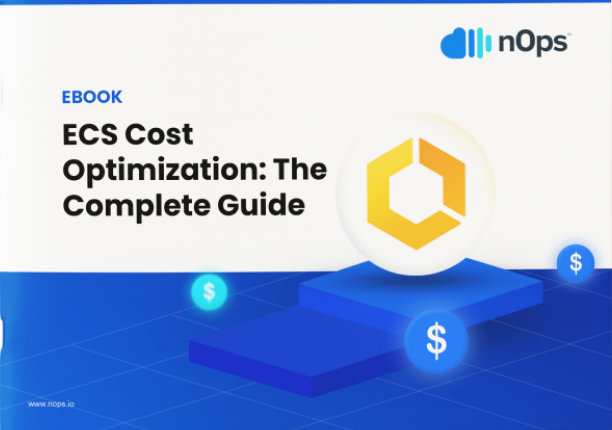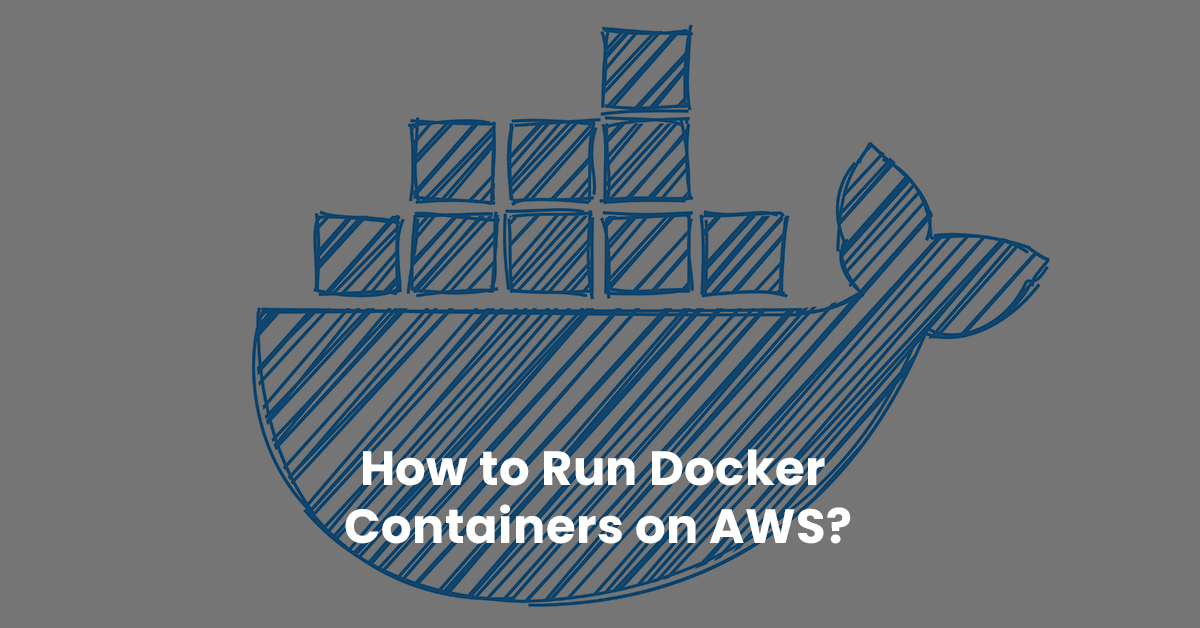How to Run Docker Containers on AWS
Application development can be a time-consuming and costly activity. To help users manage applications more effortlessly, AWS (Amazon Web Services) collaborated with Docker to create a seamless developer experience. Using Docker tools, you can quickly deploy and manage containers on various AWS services.
Docker allows developers to package and run applications in loosely isolated environments known as containers. With Docker, users can develop, ship, and run applications separately from their infrastructure. This system helps developers to deliver software faster. Docker has various methodologies for testing code, reducing the time it takes to write and run codes.
Running AWS Docker Containers
Docker provides simple commands to help you build, start, or run containers. There are various services to run and manage Docker containers at scale. These include:
- Amazon Fargate
- Amazon Elastic Beanstalk (EB)
The difference between these services is the degree of control regarding scheduling, capacity, and scaling of applications.
Using AWS ECS (Elastic Container Service) with AWS Fargate
AWS Fargate allows you to run AWS Docker containers without any EC2 instances. You can run containers without provisioning, clustering, or managing virtual machine clusters because it acts as the sole compute engine for all workloads.
The process of running Docker containers include:
- Building container image
- Defining computer resources and memory required
- Running and managing applications
AWS Fargate allows you to focus entirely on the application by removing the need to run and manage compute infrastructure.
ECS Cost Optimization: The Complete Guide


Using AWS Elastic Beanstalk (EB) with Single Container Docker
Elastic Beanstalk helps you to deploy, manage, and scale web services and applications. Elastic Beanstalk helps with deployment, load balancing, scaling, and patching. You don’t need to launch AWS resources manually.
There are three ways to run Docker containers on Elastic Beanstalk:
- Use a Dockerrun.aws.json file
- Create a Dockerfile and upload it to Elastic Beanstalk
- Create a zip file with Dockerfile and upload it to Elastic Beanstalk
Through the Elastic Beanstalk console, you can start or stop the application as a unit.
Why Use Docker?
Docker technology is beneficial to developers in various ways. These include:
Ship More Software Faster. With Docker, you can ship software up to seven times faster than non-Docker users. When using Docker, you run containers in different environments. Transitioning code between environments makes it easier to onboard new developers and maintain code sync between machines. Also, Docker eliminates environmental dependency, a significant factor that slows development. You don’t have to spend much of your development time managing infrastructure.
Cost Savings. Amazon ECS with Spot Instances is among the best ways to run workloads in AWS. Spot Instances allows you to utilize unused compute capacity in AWS and can save you up to 90% off over On-Demand Instances. As a result, you can run containerized workloads at a fraction of the cost. Docker containers improve server utilization, allowing you to save more money.
Standardize Operations. Another benefit of using Docker containers is that you can identify and remediate issues. Once you detect an issue, you can roll back and remediate it effectively, and develop applications quickly without errors in code.
The Bottom Line
AWS enables developers to deploy containers seamlessly using Docker Tools. Whether you are running Docker containers using Fargate, Elastic Beanstalk, or ECS, you can ship software faster, move applications seamlessly, and save hugely on costs.
At nOps, we enable AWS users to build, deploy, and manage workloads in a secure, reliable, and scalable platform. We provide deeper visibility into your on how to optimize application resources so you can minimize costs effectively.
Schedule a demo today, or start your nOps free trial!



